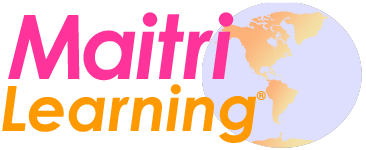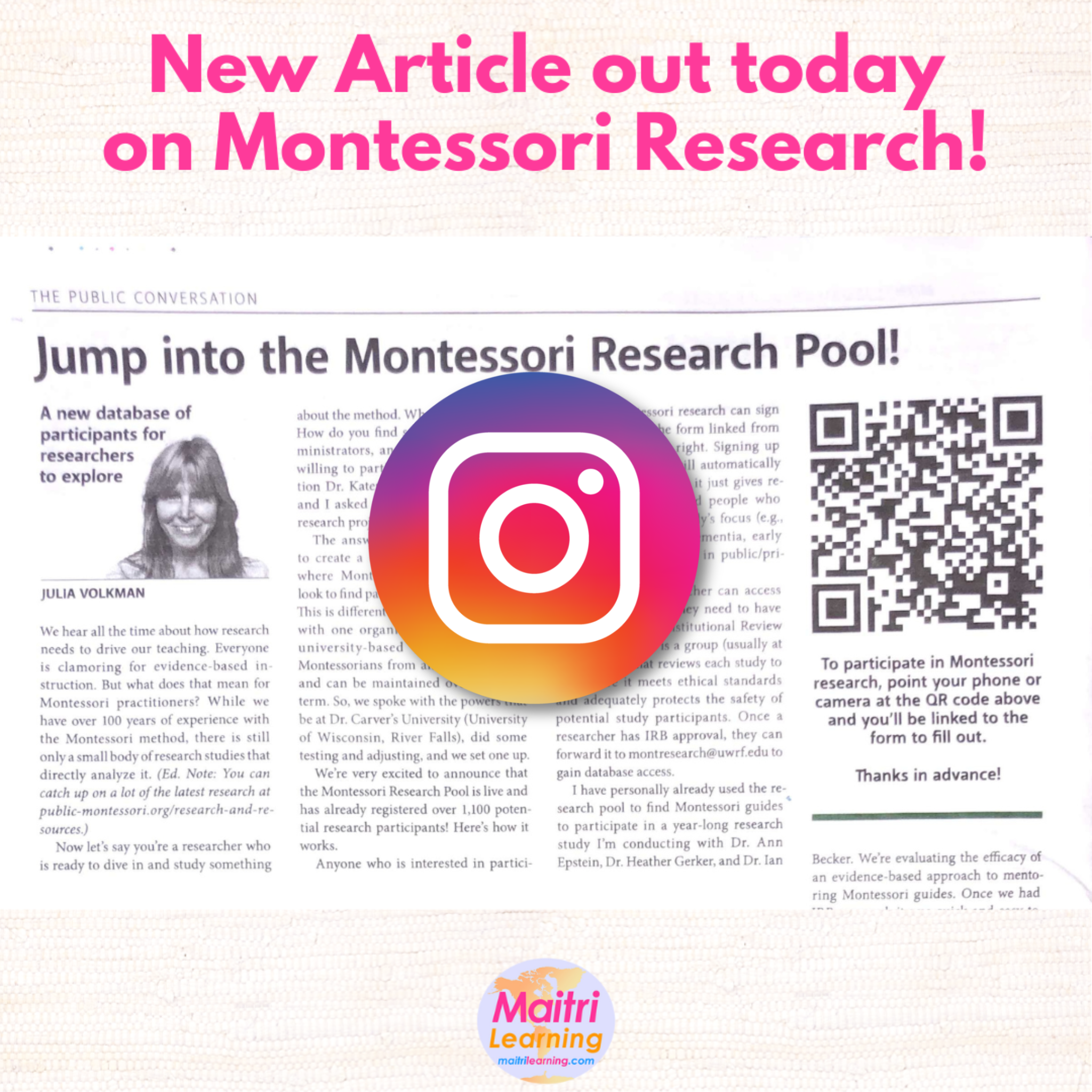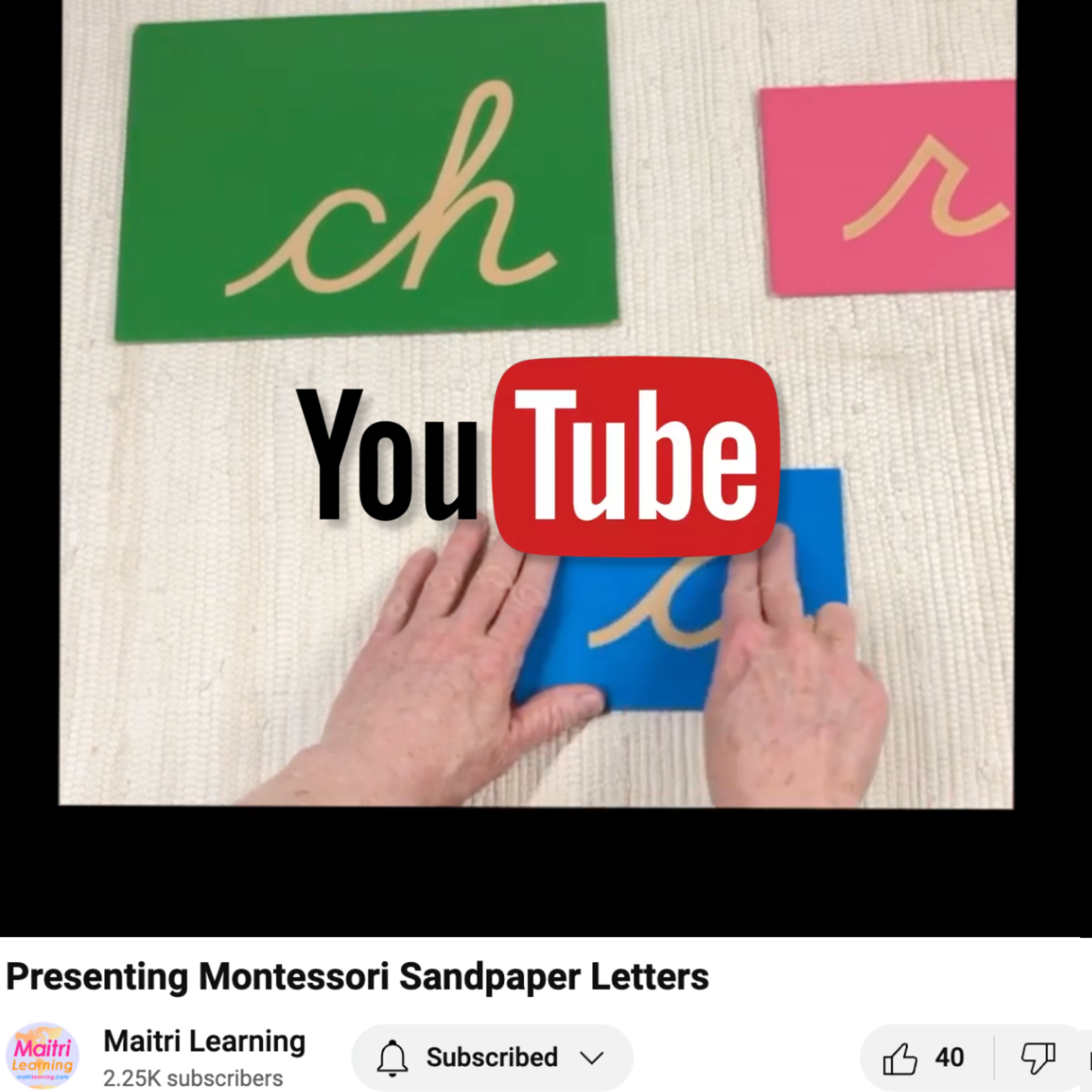- Archibald, L.,Cardy, J.O., Joanisse, M.F.& Ansari, D (2013) Language, Reading, and Math Learning Profiles in an Epidemiological Sample of School Age Children, PLoS ONE Oct 14;8(10):e77463.
- Atteveldt, N. & Ansari, D. (2014) How symbols transform brain function: a review in memory of Leo Blomert. Trends in Neuroscience and Education, 3, 44-49.
- Bangerter, A., & Heath, C. (2004). The Mozart effect: Tracking the evolution of a scientific legend. British Journal of Social Psychology, 43(4), 605-623.
- Bartelet, D., Ansari, D., Vaessen, A. & Blomert, L. (2014) Cognitive Subtypes of Mathematics Learning Difficulties in Primary Education. Research in Developmental Disabilities, 35, 657-670. Retrieved from https://drive.google.com/file/d/0B5JyY7bDUjP_Ql9FaEJ1ZVRONlE/edit?usp=sharing
- Bartelet, D., Vaessen, A. & Blomert, L. & Ansari, D (2014) What basic number processing measures in kindergarten explain unique variability in grade 1 arithmetic proficiency? Journal of Experimental Child Psychology, 117C, 12-28. Retrieved from https://drive.google.com/file/d/0B5JyY7bDUjP_WHZ1NUgyZGlUTWs/edit?usp=sharing
- Berch, D. B., & Mazzocco, M. M. M. (Eds.) (2007). Why is math so hard for some children? The nature and origins of mathematical learning difficulties and disabilities. Baltimore, MD: Paul Brooke.
- Bonny, J. W., & Lourenco, S. F. (2013). The approximate number system and its relation to early math achievement: Evidence from the preschool years. Journal of experimental child psychology, 114(3), 375-388. Retrieved from http://www.ncbi.nlm.nih.gov/pmc/articles/PMC3570698/
- Bugden, S., & Ansari, D. (2015). Probing the nature of deficits in the ‘Approximate Number System’in children with persistent Developmental Dyscalculia. Developmental Science.
- Bugden S. and Ansari D. (2014) When your brain can’t do 2+2: a case of developmental dyscalculia. Young Minds. 2:8. Retrieved from https://drive.google.com/file/d/0B5JyY7bDUjP_YklfZlBrTHdPUVU/edit?usp=sharing
- Butterworth, B., Varma, S., & Laurillard, D. (2011). Dyscalculia: from brain to education. Science, 332(6033), 1049-1053. Retrieved from http://www.lonklab.ac.uk/cms/files/jce/author/science-2011-butterworth-1049-53.pdf
- Butterworth, B. Dyscalculia - Numberphile.
- Cantlon, J. F. (2012). Math, monkeys, and the developing brain. Proceedings of the National Academy of Sciences, 109 (Supplement 1), 10725-10732. Retrieved from http://www.pnas.org/content/109/Supplement_1/10725.full
- Crawford, A. (2007). Learning to teach science as inquiry in the rough and tumble of practice. Journal of Research in Science Teaching, 44(4), 613–642. doi: 10.1002/tea.20157.
- Dehaene, S. (2011). The number sense: How the mind creates mathematics (Rev. and updated ed.). New York, NY: Oxford University Press.
- Dennis, M., & Barnes, M. (2002). Math and numeracy in young adults with spina bifida and hydrocephalus. Developmental neuropsychology, 21(2), 141-155.
- De Smedt, B., Ansari, D., Grabner, R. H., Hannula, M. M. Schneider, M., & Verschaffel, L. (2010). Cognitive neuroscience meets mathematics education. Educational Research Review, 5(1), 97–105.
- Devlin, K. (2010). The mathematical brain. Mind, brain and education: Neuroscience implications for the classroom, 163-178.
- Dyslexic Advantage. (2013). Neurobiology of Learning Disorders - Dyslexia ADHD Dyscalculia Dysgraphia. [video]. Retrieved from https://www.youtube.com/watch?v=CNTNypAG4S0
- Evans, T. M., Kochalka, J., Ngoon, T. J., Wu, S. S., Qin, S., Battista, C., & Menon, V. (2015). Brain Structural Integrity and Intrinsic Functional Connectivity Forecast 6 Year Longitudinal Growth in Children's Numerical Abilities. The Journal of Neuroscience, 35(33), 11743-11750. Retrieved from https://www.researchgate.net/profile/Tanya_Evans3/publication/281241171_Brain_Structural_Integrity_and_Intrinsic_Functional_Connectivity_Forecast_6_Year_Longitudinal_Growth_in_Children's_Numerical_Abilities/links/55dc8e1608aeb38e8a8d20cf.pdf
- Halber, D. (1999). Different kinds of math use different parts of brain, research finds. MIT News. Retrieved from http://news.mit.edu/1999/math-0512
- Hiebert, J., Stigler, J. W., Jacobs, J. K., Givvin, K. B., Garnier, H., Smother, M., et al. (2005). Mathematics teaching in the United States today (and tomorrow): Results from the TIMSS 1999 video study. Educational Evaluation and Policy Analysis, 27(2), 111–132.
- Johnstone, A. H. (1991). Why is science difficult to learn? Things are seldom what they seem. Journal of Computer Assisted Learning, 7(2), 75–83.
- Jones, W. J., Childers, T. L., & Jiang, Y. (2012). The shopping brain: Math anxiety modulates brain responses to buying decisions. Biological psychology, 89(1), 201-213. Retrieved from https://www.researchgate.net/profile/Yang_Jiang/publication/51745135_The_shopping_brain_Math_anxiety_modulates_brain_responses_to_buying_decisions/links/55e72b8108ae21d099c148e5.pdf
- Kang, N.-H. (2008). Learning to teach science: Personal epistemologies, teaching goals, and practices of teaching. Teaching and Teacher Education, 24(2), 478–498. doi: 10.1016/j.tate.2007.01.002
- Lebel, C., Rasmussen, C., Wyper, K., Andrew, G., & Beaulieu, C. (2010). Brain microstructure is related to math ability in children with fetal alcohol spectrum disorder.Alcoholism: Clinical and Experimental Research, 34(2), 354-363.
- Leibovich, T., Vogel, S. E., Henik, A., & Ansari, D. (2015). Asymmetric Processing of Numerical and Nonnumerical Magnitudes in the Brain: An fMRI Study. Journal of Cognitive Neuroscience. Retrieved from https://www.researchgate.net/profile/Stephan_Vogel3/publication/282760257_Asymmetric_Processing_of_Numerical_and_Nonnumerical_Magnitudes_in_the_Brain_An_fMRI_Study/links/563c55a708ae34e98c485095.pdf
- Lowery, N. V. (2002). Construction of teacher knowledge in context: Preparing elementary teachers to teach mathematics and science. School Science and Mathematics, 102(2), 68–83. doi: 10.1111/j.1949-8594.2002.tb17896.x
- Lozano, M. (2005). Programas y experiencias en popularización de la ciencia y la tecnología. Bogotá, Colombia: Andrés Bello.
- Lyons, I.M., Ansari, D. & Beilock, S.L. (2015) Qualitatively different coding of symbolic and nonsymbolic numbers in the human brain. Human Brain Mapping, 26, 475-488. Retrieved from https://drive.google.com/file/d/0B5JyY7bDUjP_aU42N3NjTVJ1MmM/view
- Lyons, I.M. & Ansari, D. (2015) Numerical Order Processing in Children: From Reversing the Distance-Effect to Predicting Arithmetic. Mind, Brain and Education, 9, 207-21. Retrieved from https://drive.google.com/open?id=0B9pmFjYNdQeSNlJmaFo4XzV0OEE
- Lyons, I.M., Price, G.R., Vaessen, A., Blomert, L. & Ansari, D. (2014) Numerical predictors of arithmetic success in grades 1-6. Developmental Science, 17, 714-26. Retrieved from https://drive.google.com/file/d/0B5JyY7bDUjP_OGpGdjRkRHJrNE0/edit?usp=sharing
- Matejko, A. & Ansari, D. (2015) Drawing Connections Between White Matter and Numerical and Mathematical Cognition: A Literature Review. Neuroscience & Biobehavioral Reviews, 48C, 35-52. Retrieved from https://drive.google.com/file/d/0B5JyY7bDUjP_bFVZcUFXbzltdk0/view?usp=sharing
- Millar, R. (1991). Why is science hard to learn? Journal of Computer Associated Learning, 7(2), 66–74. doi: 10.1111/j.1365-2729.1991.tb00229.x
- Miranda, L. (2010). On trends and rhythms in scientific and technological knowledge evolution: A quantitative analysis. International Journal of Technology Intelligence and Planning, 6(1), 76–109.
- National Center for Learning Disabilities. (2012). Dyscalculia. [video]. Retrieved from https://www.youtube.com/watch?v=HVf_OHK2hHQ&list=PL60hj6d9o_BaLC3TZ_lar8gGTqbqk5lNR&index=2
- National Mathematics Advisory Panel. (2008). Foundations for success: The final report of the National Mathematics Advisory Panel. Washington, DC: U.S. Department of Education.
- Numerical Cognition Laboratory. (n.d.). Numeracy Screener. Available at http://www.numeracyscreener.org/home.html
- O'Boyle, M. W., Cunnington, R., Silk, T. J., Vaughan, D., Jackson, G., Syngeniotis, A., & Egan, G. F. (2005). Mathematically gifted male adolescents activate a unique brain network during mental rotation. Cognitive Brain Research, 25(2), 583-587. Retrieved from https://www.depts.ttu.edu/hs/hdfs/docs/faculty/mathematically-gifted-male-adolescents.pdf
- Prescott, J., Gavrilescu, M., Cunnington, R., O'Boyle, M. W., & Egan, G. F. (2010). Enhanced brain connectivity in math-gifted adolescents: An fMRI study using mental rotation.Cognitive neuroscience, 1(4), 277-288.
- Price, G. R., Mazzocco, M. M., & Ansari, D. (2013). Why mental arithmetic counts: brain activation during single digit arithmetic predicts high school math scores. The Journal of Neuroscience, 33(1), 156-163. Retrieved from http://www.jneurosci.org/content/33/1/156.full
- Ryve, A. (2011). Discourse research in mathematics education: A critical evaluation of 108 journal articles. Journal of Research in Mathematics Education, 42(2), 167–199.
- Sjoberg, S., & Schreiner, C. (2008). Young people, science and technology attitudes, values and interest and possible recruitment. Brussels: ROSE.
- Steele, J. R., & Ambady, N. (2006). “Math is hard!” The effect of gender priming on women’s attitudes. Journal of Experimental Social Psychology, 42(4), 428–436. doi: 10.1016/j.jesp.2005.06.003
- Suárez-Pellicioni, M., Núñez-Peña, M. I., & Colomé, À. (2013). Abnormal error monitoring in math-anxious individuals: evidence from error-related brain potentials. PloS one,8(11), e81143. Retrieved from http://journals.plos.org/plosone/article?id=10.1371/journal.pone.0081143
- Supekar, K., Iuculano, T., Chen, L., & Menon, V. (2015). Remediation of Childhood Math Anxiety and Associated Neural Circuits through Cognitive Tutoring. The Journal of Neuroscience, 35(36), 12574-12583. Retrieved from http://scsnl.stanford.edu/documents/supekar_2015_jneuro.pdf
- Supekar, K., Swigart, A. G., Tenison, C., Jolles, D. D., Rosenberg-Lee, M., Fuchs, L., & Menon, V. (2013). Neural predictors of individual differences in response to math tutoring in primary-grade school children. Proceedings of the National Academy of Sciences, 110(20), 8230-8235. Retrieved from http://www.pnas.org/content/110/20/8230.full
- Thomson Reuters. (2011). National science indicators. Retrieved January 12, 2011,from http://thomsonreuters.com/products_services/science/science_products/az/national_science_indicators/
- Titus, G. (2008). U.S. competitiveness in science and technology. Pittsburgh, PA: RAND.
- University of Western Ontario. (2016). Numerical cognition lab. Available at http://www.numericalcognition.org/
- US Dept of Education. (2017). Individuals with Disabilities Education Act (IDEA).
- Williams, J. (2011). Looking back, looking forward: Valuing post-compulsory mathematics education. Research in Mathematics Education, 13(2), 213–222. doi: 10.1080/14794802.2011.585831
- Yanowitz, K. L. (2010). Using analogies to improve elementary school students’ inferential reasoning about scientific concepts. School Science and Mathematics, 101(3), 133–142. doi: 10.1111/j.1949-8594.2001.tb18016.x
- Young, C. B., Wu, S. S., & Menon, V. (2012). The neurodevelopmental basis of math anxiety. Psychological Science, 0956797611429134. Retrieved from https://www.researchgate.net/profile/Math_Cuajungco/publication/10969791_Zinc_takes_the_center_stage_its_paradoxical_role_in_Alzheimer's_disease/links/09e4150306a678e488000000.pdf
Math & Dyscalculia
There is little specific research on the Montessori approach to mathematics instruction. Here is what I have found:
-
Laski, E. V., Jor’dan, J. R., Daoust, C., & Murray, A. K. (2015). What makes mathematics manipulatives effective? Lessons from cognitive science and Montessori education. SAGE Open, 5(2), 2158244015589588.
- Mix, K. S., Smith, L. B., Stockton, J. D., Cheng, Y. L., & Barterian, J. A. (2017). Grounding the Symbols for Place Value: Evidence From Training and Long-Term Exposure to Base-10 Models. Journal of Cognition and Development, 18(1), 129-151.
Here is a list of references on how numeracy works in the brain and what happens in dyscalculia. We don't know enough yet but more research is being done all the time.





